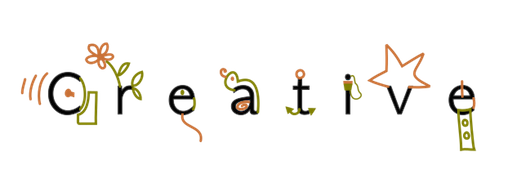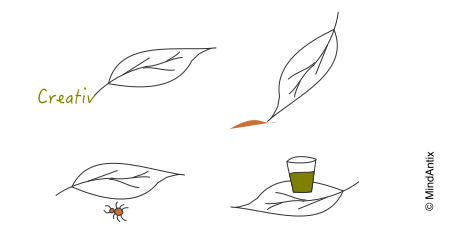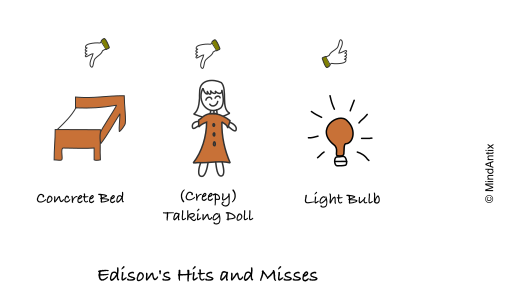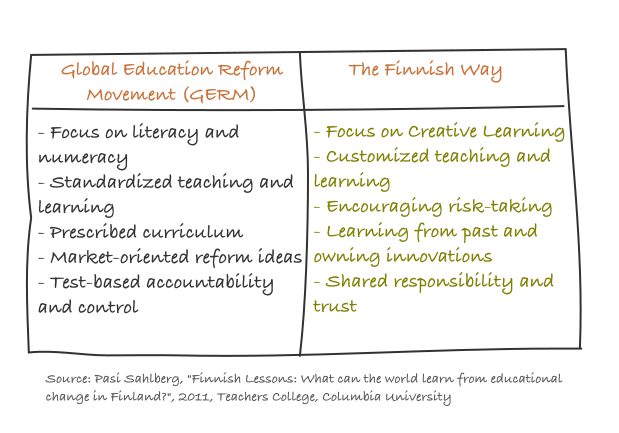We often get compliments and questions about our homepage graphics, so we figured we’ll explain the inspiration behind the design, and also announce our fun summer challenge!
The design is a riff on the Picture Construction Task, from the Torrance Test of Creative Thinking, or the TTCT. The TTCT was developed in the 1960s by Ellis Paul Torrance, a psychologist who pioneered research in Creativity in the United States, and has become the most widely used Creativity test in the world. Prof. Kyung Hee Kim, who first documented the decline in Creativity in the US has found that the TTCT predicts creative achievement better than any other creativity or divergent thinking test.
The TTCT contains open ended tasks grouped as verbal (using either verbal or non-verbal stimuli) or figural. As Torrance explains, “Each of the tasks is based on a rationale developed from some research finding concerning the nature of the creative process, the creative personality, or the conditions necessary for creative achievement. The tasks are designed to involve as many different aspects of verbal creative functioning as possible.”
Coming back to the Picture Construction Task, which helps to measure a few creative factors like Originality, Elaboration and Abstractness of titles. In this task, you are given an initial part of drawing (a squiggle or a simple shape) and the goal is to draw a picture where this initial drawing would play an integral part. Below are the instructions that accompany the task:
At the bottom of this page is a piece of colored paper in the form of a curved shape. Think of a picture or an object in which this form would be an important part. Then lift up the piece of colored paper and stick it wherever you want it on the next page, just like you would a postage stamp. Then add lines with pencil or crayon to make your picture.
Try to think of a picture that no one else will think of. Keep adding new ideas to your first idea to make it tell as interesting and as exciting a story as you can.
When you have completed your picture, think up a name or title for it and write it at the bottom of the page in the space provided. Make your title as clever and unusual as possible. Use it to help tell your story.
It’s easy to see how our design ties to the Picture Construction Task. We used each letter in the word “creative” as a stimulus for another picture, like the letter “a” is part of a snail’s body or the letter “v” is part of a star. That brings us to our creative summer challenge.
Can you think of a new way to write “Creative” using each letter as a starting point? Use your summer break to think of a clever idea and send it for a chance to win an Amazon gift card!
As you start working on the challenge, try to think of ideas no one else would come up with it. Be sure to include an explanation of your design when you send it to us. And don’t worry about your artistic skills – what we are looking for is how creatively you use each of the letters in the design, not necessarily how well you can draw.
Happy Creative Thinking!
Email your entries (.jpg, .png format) to hello@mindantix.com by Aug 31, 2016 to be eligible for the contest. Gift card value is $25. Contest open to US residents only.





